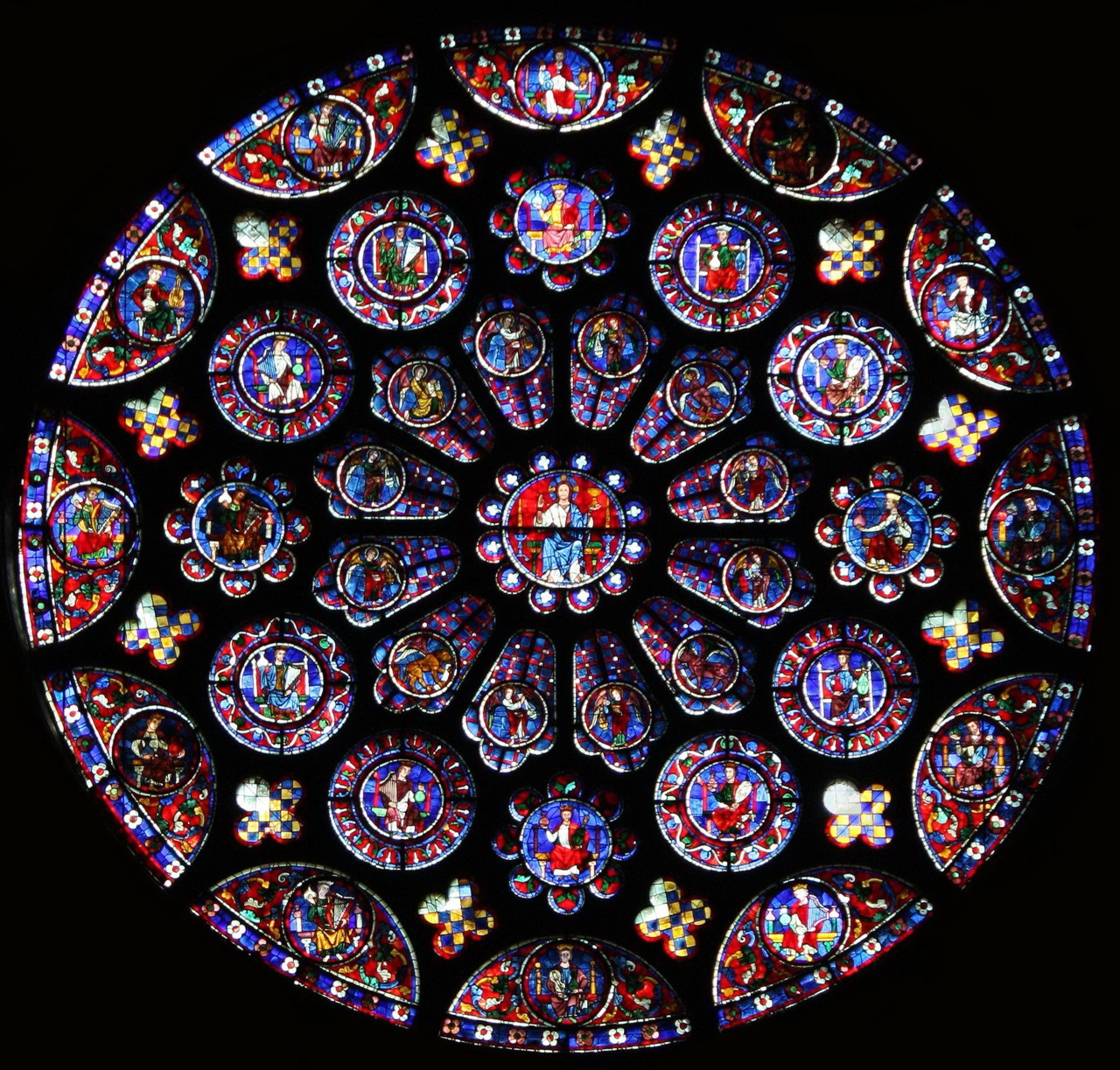Children are dumb to say how hot the day is..
How hot the scent is of the summer rose..
How dreadful the black wastes of evening sky
How dreadful the tall soldiers drumming by
The hot scent of the summer rose; sensual delight seen by Robert Graves in this first verse of The Cool Web as a sensation as overwhelming in its intensity as heat or terror.
The black sky, the drums, the soldiers, the dread, recur so often in the imagery of Graves’ youthful poetry that they have woven themselves into the narrative of the oratorio, and it is easy to see how they relate to the terror of the war, but the rose is different.
In classical and popular culture, the rose is the symbol of romantic love, both the longing for, and the object of it.
But it also appears in many religions – particularly in Sufi mysticism – as a symbol of the longing for divine love, and also of the beauty of a human soul grown to perfection.

For these reasons, the cultivation of geometrical rose gardens has a long history in Iran and surrounding lands. In the lyric ghazal, it is the beauty of the rose that provokes the longing song of the nightingale.

Hazrat Inayat, in Volume 10 of The Sufi message, expresses it thus:
“Just as the rose consists of many petals held together, so the person who attains to the unfoldment of the soul begins to show many different qualities.
The qualities emit fragrance in the form of a spiritual personality.
The rose has a beautiful structure, and the personality which proves the unfoldment of the soul has also a fine structure, in manner, in dealing with others, in speech, in action.
The atmosphere of a spiritual being pervades the air like the perfume of a rose.”
Mandalas, which express the human aspiration towards wholeness and coherence – i.e. a spiritually complete soul, have existed in Eastern religion and philosophy for centuries, and are echoed in Christianity by the medieval rose window.

In much the same way the centre of Eastern mandalas depict the “godhead” or divine aspect of the world, so do rose windows; typically Christ or the Virgin and Christ are found in the central rosette.
In eastern philosophy, there are many paths to reach the divine, and these are represented by “gates” at the cardinal points of the mandala. By the same token, saints depicted in the petals of a rose window can be seen as intermediaries (or paths) to Christ.
The basis of many churches is geometry and proportion. Numbers had a metaphysical significance, and were thought to have occult power.
In a rose window every space is defined by another smaller geometric figure – a trefoil, a quatrefoil, rosette, or spherical triangle. Even the glasswork itself adds to this hidden geometry which defines the exact placement of every major feature of the rose window – relating to the radial elements, concentric divisions, and all to the centre.
Circles, squares, triangles, stars, and, of course, the 12 major divisions typically found in rose windows all point to the finite and infinite, earth and heaven, or matter and spirit.
In Christian iconography the rose has a common association with the Virgin Mary,

and is also associated with sacrifice and death; it is a direct symbol of the five wounds of Christ; the red rose was eventually adopted as a symbol of the blood of the Christian martyrs.
.jpg)
Here the rose is associated with St Valentine – later ironically to be responsible for the giving of countless thousands of red roses – as a martyr.
Graves picks up on this association in The Dying Knight and the Fauns as the blood of the fallen hero soaks into the woodland ground, turning the innocent daisies into roses.
The idea of a rose as a symbol of the completed soul is an abstract one for most ordinary mortals to hang on to; much more poignant for most of us is the rose as redolent of the power and fragility of earthly beauty, earthly love, and the heat and glory of life itself, to be longed for and feared in equal measure.
Feared especially for a soldier; for the stronger your passion for a lover, or for the beauty of the world, the more agonising it is to die.
The roses in Graves’ Garden in The Morning before the Battle are withered by the chill wind of death; they contain all these meanings.
I knew it walking yesterday at noon
Down a deserted garden full of flowers.
…Carelessly sang, pinned roses on my breast,
Reached for a cherry-bunch—and then, then, Death
Blew through the garden from the North and East
And blighted every beauty with chill breath.
So perhaps the rose of The Cool Web, with its cruel scent, contains them all too.

“Roses of Picardy” was one of the most famous songs of the First World War and is still frequently recorded today. Picardy was a historical province of France; the area which contained the Somme battlefields.
Hayden Wood related that as he was going home one night on the top of a London bus the melody came to him. He jumped off and wrote down the refrain on an old envelope while standing under a street lamp.
British soldiers sang his song as they enlisted for the Front in France and Flanders. During the war itself, the song sold at a rate of 50,000 copies of the sheet music per month; after the war, the singing of it helped soldiers who were suffering from shell-shock to regain their powers of speech.
If it is true that we unconsciously retain a collective knowledge of the past and its symbolism, no wonder Roses of Picardy held such meaning for the young men on the Western Front, and their anxious sweethearts at home.
